The success of any product depends on a number of factors, including the company, features, usability, and more. However, none of those factors amount to much if you don’t have a robust product strategy to back your product.
Many companies figure out the ideal solution to a problem and then make up the perfect product or service. However, what a lot of companies do wrong is that they don’t work on their product strategy as much as they should.
The key is to create an outstanding product strategy that will maximize product longevity, relevance, and success.
In this article, we’ll go over what product strategy is, the five stages of it, and how you can develop a great product strategy.
Let’s dive right in.
What is a Product Strategy?
A product strategy is the complete roadmap of your product or service. It details everything from ideation, product development, and product launch to product marketing.
Product strategies tend to be comprehensive as each process within the product strategy requires a lot of planning. That’s because it includes all the tasks your team has to complete, business goals you have to achieve, and more.
Why is a Product Strategy Important?
For the most part, the product strategy is designed to help new employees and other stakeholders. They can use it as a guide to see what stage the product is in, what the current product goals are, and what tasks are being completed right now.

Whenever a company has to make a major decision regarding a product, almost 70% of them refer to the product strategy. That’s why the product strategy needs to be detailed, comprehensive, and well-structured.
Furthermore, product strategies also explain how the product will benefit its consumers. In doing so, the product plan mentions the problem and how the product aims to solve it. That includes the solution itself as well as the impact the solution will have on both the consumers and the company.
After that, you can then decide on the product features, value proposition, business models, pricing, and more.
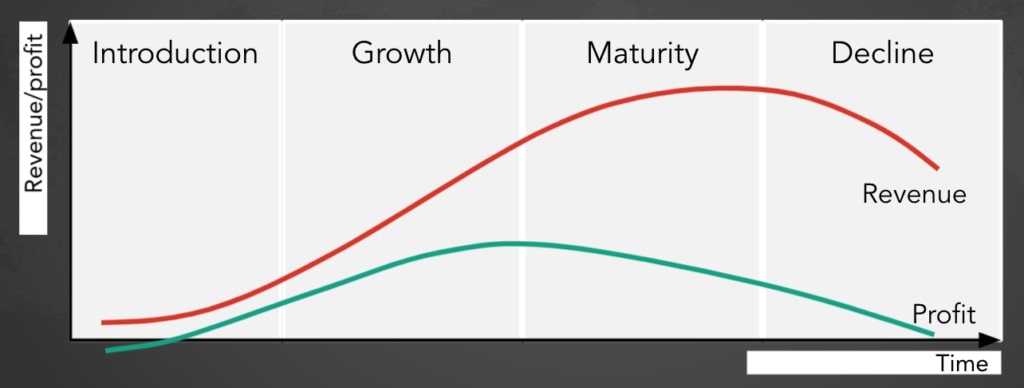
Once you have a complete product strategy, product roadmap, and product definition, you can move on to work on the product itself. At that point, the product strategy then acts as a basepoint that you use to measure your overall product success.

The product vision translates into a product strategy; that entails everything regarding the customers, competitors, business matters, and macro factors. And then, all of that leads to the product strategy roadmap.
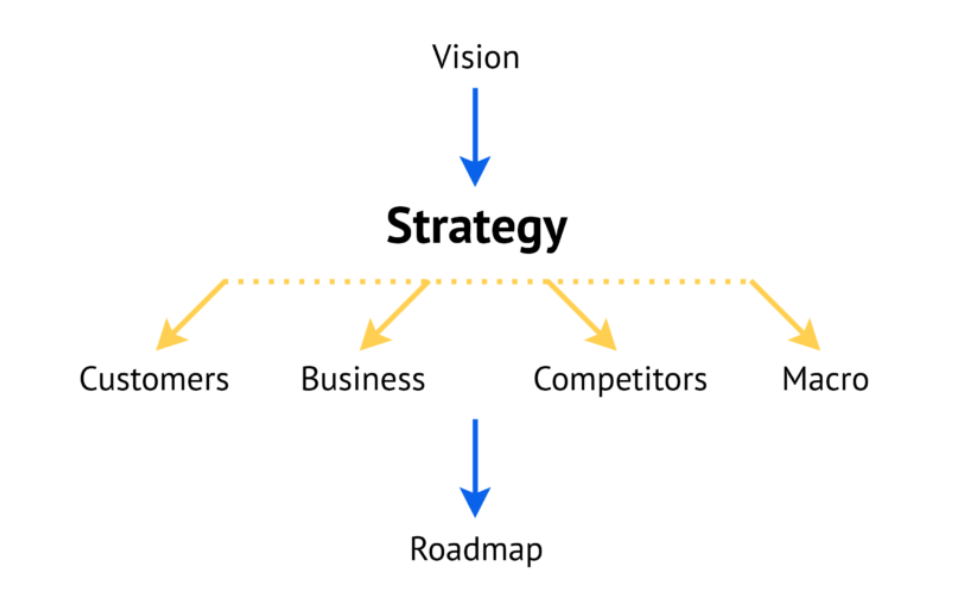
The Components of a Product Strategy
Every product strategy will have three major components regardless of the industry or type of product. There may be other small components, but those will differ according to each industry, company, and product type.
The following are three things you should always be clear on in order to develop a successful product strategy.
1. Product Vision/Market Vision
This involves knowing your target market and your target audience. Figuring out your target customers is crucial, but what’s more important is to understand what it means for your business.
In your market vision, you figure out your target customers, product positioning, and where you are compared to your direct competitors.
Furthermore, your market vision should also have a product plan and a go-to-market plan. They help realize your customer’s needs and how you can offer a value proposition that turns out to be a competitive offer.
At this point, your vision statement and your mission statement should be pretty clear.
Getting a complete overview of the market vision is necessary if you’re going into a new market. That’s because you’re entering a new competitive landscape. That’s why it’s crucial to enter with a high-level plan to find the best market fit.
2. Product Goals
Product goals, business goals, and strategic goals are important to set a clear timeline for the product roadmap. Setting up key objectives helps follow a certain process and meet deadlines.
That’s why it is important to also set up KPIs (Key Performance Indicators) and OKRs (Objective and Key Results). These metrics, along with your strategic goals, help guide the product management team.
You also have to determine both the product leaders and the business strategy at this point. That’s because your product goals will be affected by those things.
Besides, it’s wise to make your goals time-sensitive to ramp up the urgency of accomplishing those goals.
If you’re a startup or a small business, figuring out your product goals is even more important. They help set a precedent for when you want to scale your business.
3. Product Initiatives
Every product needs a bigger vision and idea that helps to conceptualize a product’s potential. These big picture ideas tend to help launch new products.
For example, any SaaS company can’t just be limited to the software they provide. They need complementing brands, ideas, and processes that help the company establish itself in the industry. That also helps work on the vision, and it helps develop necessary tools, resources, and more.
Product initiatives are also a great way to get your teams on the same page. It’s crucial to have your product team, marketers, sales teams, and finance teams on the same page so that everyone understands the product in its entirety.
The Five Stages of Product Strategy
Understanding the components of a product strategy is one thing, but it’s more important to know about the proper stages. This will help develop a process for developing your product strategy.
Regardless of the industry, organization, or product, the following five stages of product strategy work in most cases.
Stage One – Product Ideation
According to a 2019 report by Startup Genome, 11 out of 12 startups tend to fail. There are tons of reasons startups and new businesses fail, but a large part of it has to do with how they don’t have a clear focus.
Product managers tend to be busy with new businesses and for a good reason. That’s because they have to work on the entire product strategy in a matter of months. However, it always starts with product ideation because it helps set a precedent.
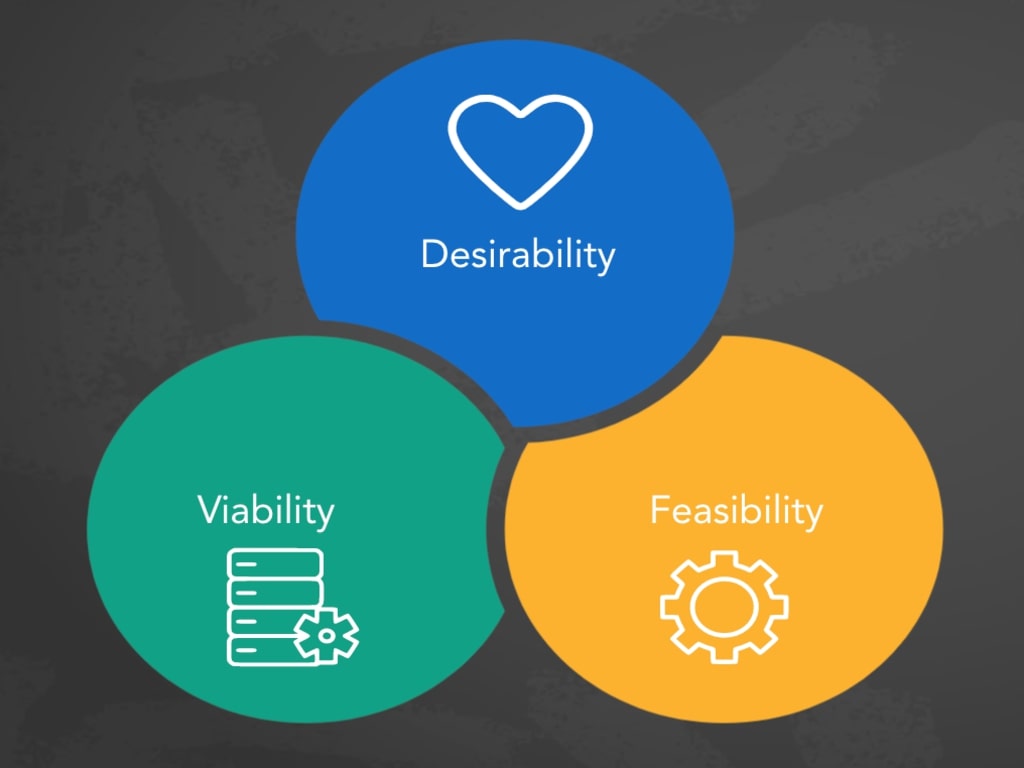
You can’t just set up KPIs and OKRs with a half-complete strategy. Even setting up initial objectives may be a bad idea because they may set unrealistic goals and expectations.
That’s why you must focus on trusting your gut during the product ideation stage. You may think it’s not a formal way of continuing with the product strategy, but it’s the best way to ensure you set up realistic product ideas, goals, objectives, and processes.
Stage Two – Set Up a Prioritization Framework
Every product strategy needs a clear set of processes and rules. It needs a clear prioritization framework to distribute tasks in a correct manner. Most times, there are two extremes – value and effort.
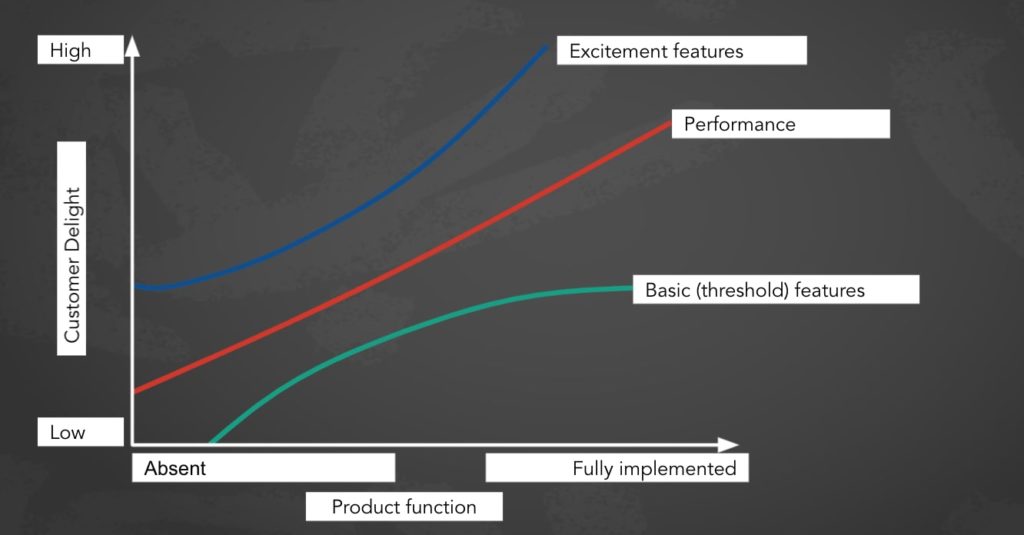
Value-based prioritization is about focusing on things that offer the most value. For example, for a new product, one of the most important things is keeping your customers happy (for established products too, but you get the point). Therefore, solving customer queries and complaints should always be prioritized since it has greater perceived value.
On the other hand, if you opt for an effort-based approach, it will involve doing everything that requires low effort first, followed by high-effort tasks. That helps maximize the completion rate of tasks; thus, helping achieve the objectives faster and quicker.
Both approaches have pros and cons, but most companies tend to go with the value-oriented approach. Meanwhile, companies with limited budgets focus on an effort-based approach.
However, you should opt for a hybrid approach, thereby combining both approaches. That will help you see what’s more important and what can be done immediately. As a result, you’ll be completing relevant tasks based on their value while putting in the ideal amount of effort. Thus, improving your team’s efficiency and productivity.
Stage Three – Prioritize Based on Your Objectives
Once you’ve decided on a methodology, you need to put it into place based on your objectives and product vision. When you’re setting up your objectives, you need to keep everything in mind, including:
- How the new product solves a problem for a customer
- New features you want to introduce and feature prioritization
- The product life cycle
- Overall pricing of the product, compared to competitors
- New market data
- Big picture for the product
- The company’s overall business model
- Product differentiators and USPs
Keeping all of the above in mind, you have to set up measurable and achievable goals, i.e., SMART goals.
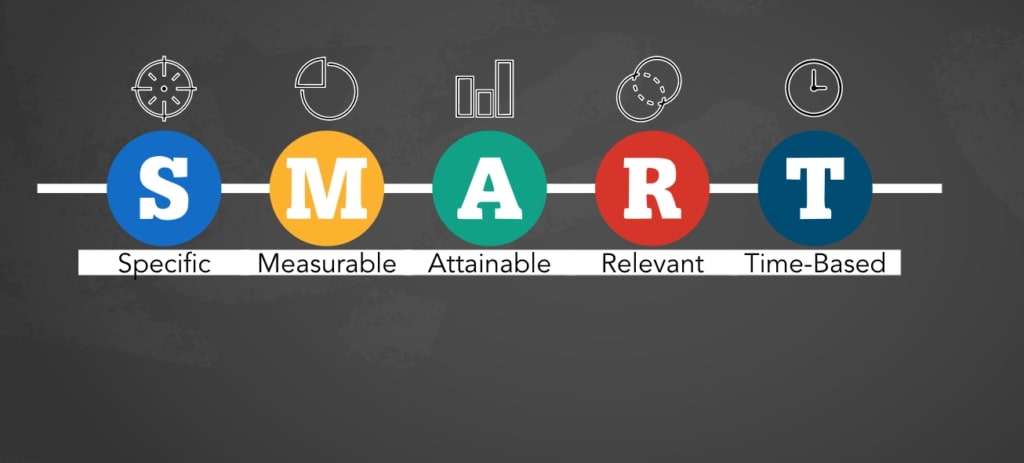
Once you have your objectives, you need to use your prioritization framework to prioritize each objective. They will have to be laid down according to your product map. That’s why you can keep the objectives open-ended; that means you don’t have to put up numbered objectives.
You can quantify your success once you’ve launched your product and strategy.
Stage Four – Develop Appropriate Measures for Results
Once you’ve prioritized your objectives, you need a system to measure those objectives. While you’re keeping your objectives open-ended, that doesn’t mean you can’t track your progress.
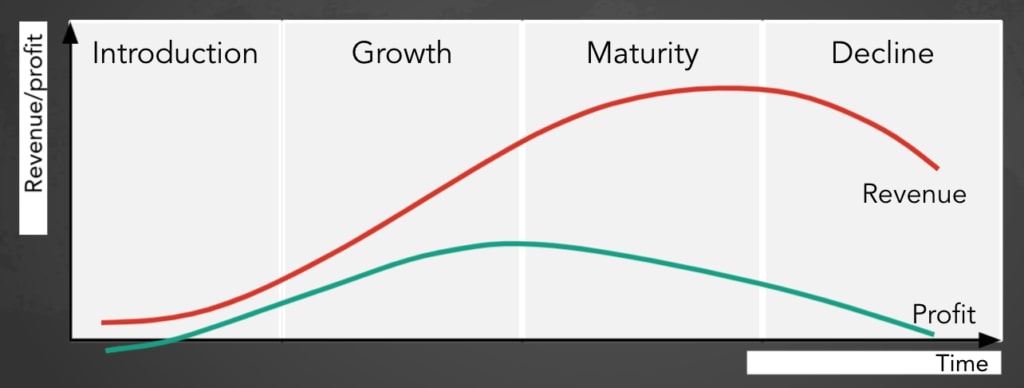
Focus on measuring key results because they will help tell you where you are in the product roadmap.
Meanwhile, focus on streamlining your prioritization framework. This is all the more important if you’re using a hybrid system.
Once you make prioritization more efficient, you can start to focus on one objective at any given time. Sure, working on multiple objectives may seem like a faster approach; however, if you focus on only one objective at a time, you could get done with it faster and in a more efficient way.
Once you’ve established that, you can set up how you want to measure the success of each objective. Measurable key results for each objective improve accountability and helps keep the team on track.
Stage Five – Be on the Same Page
Once you’ve prioritized your objectives and decided on the key results, the next step is to get everyone on the same page. Product managers have a duty to keep all the stakeholders and teams in contact with each other for effective strategic planning.
Effective products tend to have teams behind them that have established track records of achieving objectives and goals. Such teams can also help with the launch of different products for the company.
At this stage, everyone from the product managers, technical product owners, marketing people, salespeople to the HR department understand the product strategy, objectives, and KPIs.
Product management at this stage is pretty easy since you have an established process, template, and differentiation strategy.
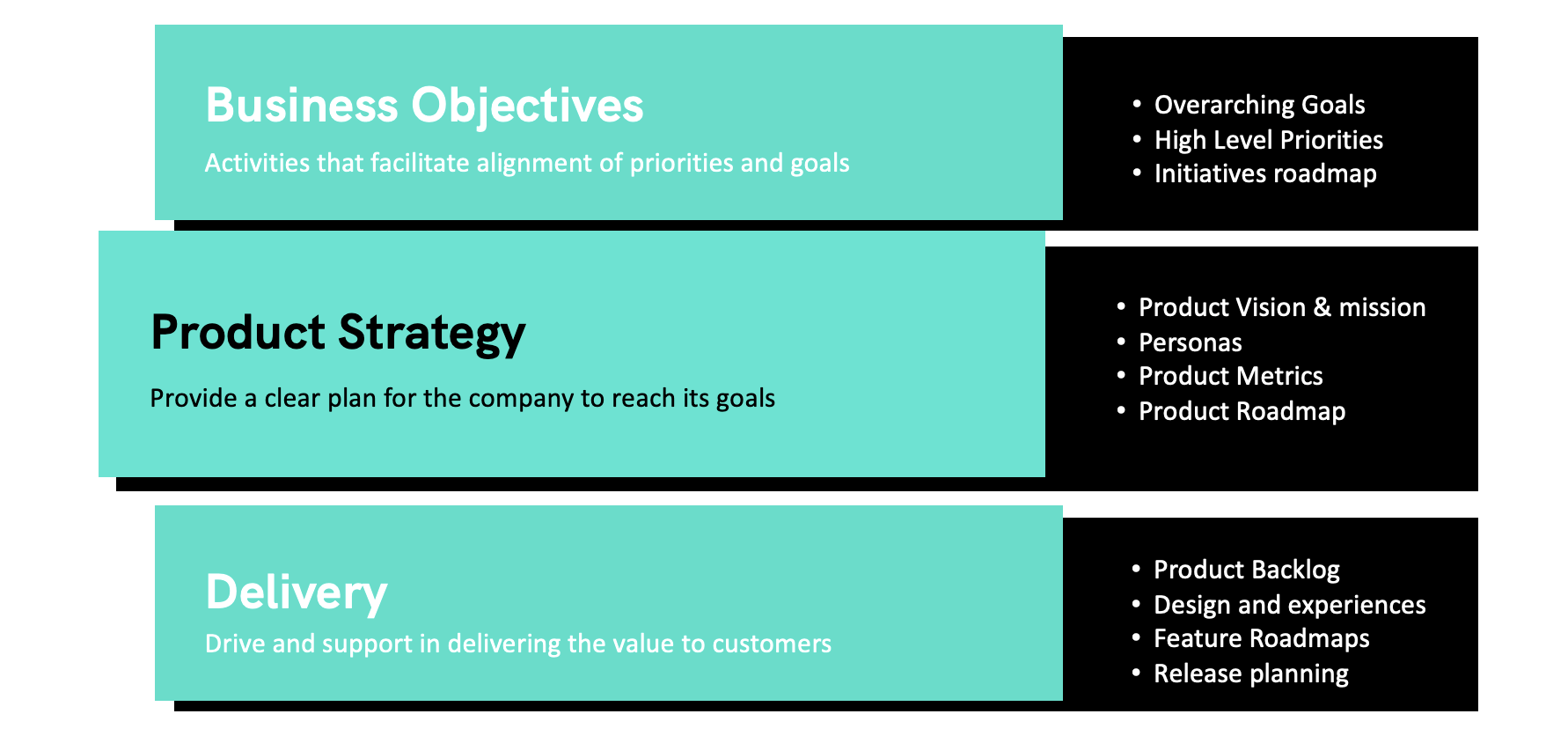
How to Develop a Great Product Strategy
Once you understand the components of a product strategy and the stages, it will be easier to focus on developing a great product strategy. You already have the necessary knowledge at this point; it’s just a matter of doing it. However, keep the following things in mind.
Problems Are Opportunities
The most successful businesses always tend to focus on solving problems as opposed to developing solutions first. You should always look at all the problems your customers and target audiences are facing and then focus on providing solutions to them.
More Options Are Good
When solving a problem, there will always be multiple solutions; that’s why focusing on the first solution you think of isn’t ideal. Work on multiple solutions and offer various options to your customers.
Bigger Team Better Ideas
Collaboration among different teams and departments provides additional perspectives and ideas. The more diverse your team is, the better ideas and strategies you can come up with.
Good Leader/Facilitator is Crucial
It’s hard to manage a team of product people, marketers, and more. At times, someone with a great idea may not speak up. That’s why there has to be a great facilitator who encourages people to participate.
Using the tips above, you can make sure you don’t make any mistakes while developing your product strategy.
Being Consistent with Your Product Strategy
Once you’ve developed a process for your product strategy, you should then focus on streamlining it. Work with the product marketing manager, marketing teams, and other stakeholders to make it better.
What’s more important in this case is consistency. You can’t change up your entire product strategy on the go; that’s why it’s important to understand the stages and components beforehand. Then, work on the entire product strategy together.
After that, you can focus on making slight adjustments to make it better. In the end, you should always make sure your product strategy is customer-focused and solution-oriented.